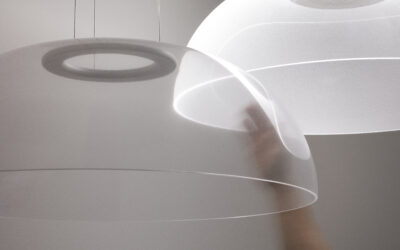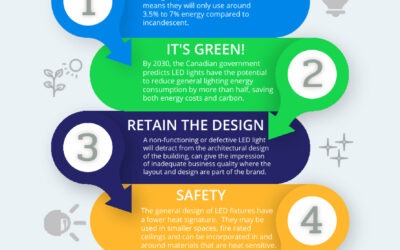SCHEDULE A FREE CALL!! 📅
Photometry, photobiology… don’t be scared about these terms! They are a little bit about the science existing under the light. Keep reading to know everything you need about lightining and learn how to save money and the planet.

PHOTOMETRY
Photometry is the science of the measurement of light, in terms of its perceived brightness and colour to the human eye, it takes in to account the sensitivity of the human visual system. It is essential for the evaluation of light sources and objects used for lighting, signaling, displays, and other applications where light is intended to be seen by humans. An important factor when designing lighting layouts in the context of lighting technology whether in architectural, photographic, audiovisual or other similar settings.
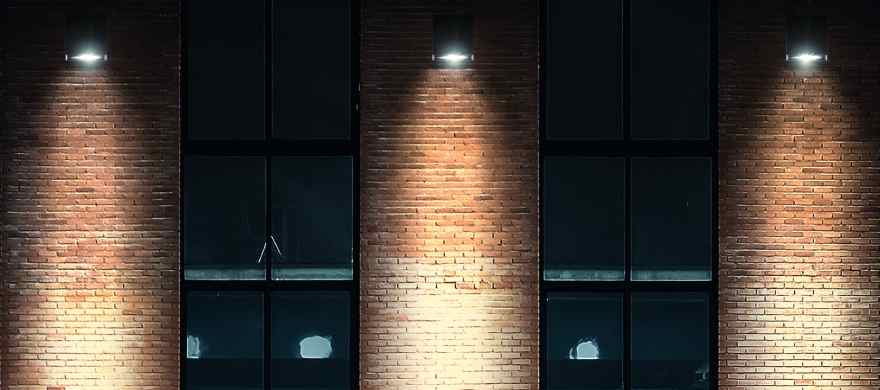

OPTICS
Optics is the science of light. Optics play a key role in consistency by ensuring steady, uniform performance over time, without opacity or other issues. The optics in any LED lighting system are crucial elements of that system’s performance, as they alter the directionality and intensity of light from the LED source. Choosing the right optics for an application will reduce wasted energy and maximize the application’s lighting efficiency. The optimum optical system for your application needs to deliver the characteristics that match your needs and that enable you to achieve your vision.
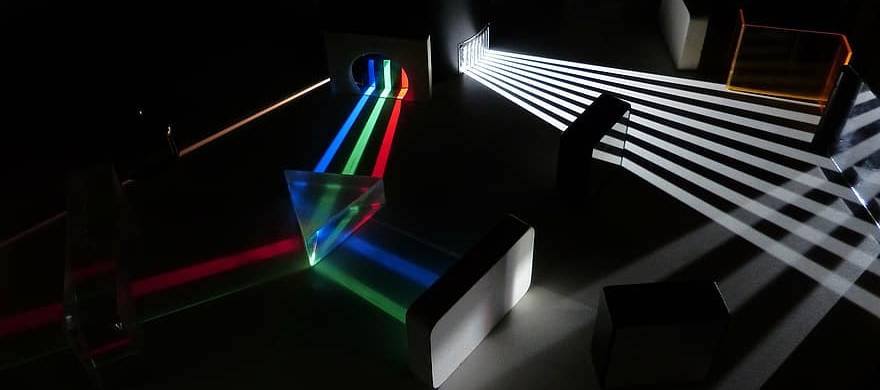

LIGHT DISTRIBUTION
Light distribution is basically the projected pattern of light a fixture will disperse onto a surface. Illuminating Engineering Society of North America (IESNA) introduced a classification system for light distribution patterns. The system consists of five “Types” (Type I – Type V) that makes it easy to identify the distribution pattern of a fixture and correctly match it to the right application.


PHOTOBIOLOGY
Photobiology is the pivotal discipline that addresses the most challenging problems of the 21st Century. How artificial light affects biological, chemical, physical, and medical effects on living organisms and biological systems. The interaction of light with humans, the beneficial and harmful effects of light. In humans, synchronization is achieved by exposure to light through the eye. Exposure to light is the most important stimulus that synchronizes circadian rhythms to 24 hours.



DARK SKY LIGHTING
Minimize glare while reducing light trespass and skyglow, also known as light pollution. Light pollution is mostly caused by the overuse of poorly designed lighting fixtures. Astronomers define light pollution as “artificial light that shines where it is neither wanted nor needed”.


ANTI-GLARE LIGHT
Glare occurs when an excessive amount of light enters the eye and interferes with the ability of the eye to manage it, at times disabling vision. Anti-glare lighting fixtures are essential elements which are added to a lighting source to reduce eyestrain, glare and enhance the even distribution of light. Anti-glare lighting fixtures are extremely important since they serve the needs of the basic effective illumination. Contact us to learn more.
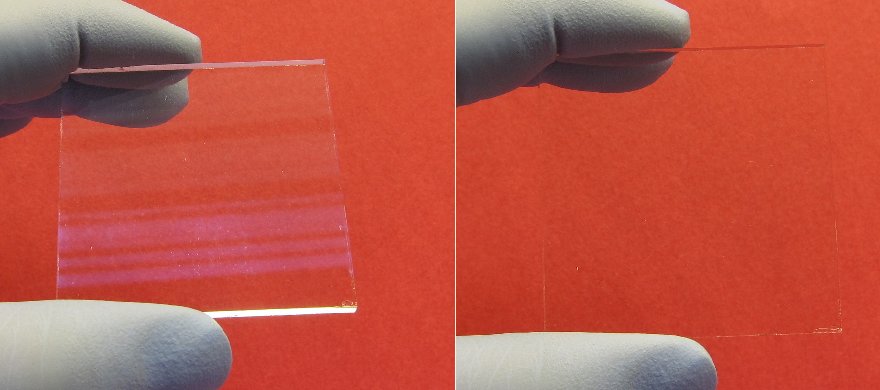
CONTENT
Read more
How Do You Know You Are Getting A Good Quality LED Fixture?
5 things to keep in mind - by Lumiterra
Convert To LED – The Tech In Your Favour
You have older light fixtures that over time have become dangerous to operate because the electrical components are falling apart, wires have frayed or cracked making them a fire hazard. Or you would like to see if they can be upgraded to be more efficient and offer...
5 Reasons Why Repair Your LED Light Fixtures
You may not know, but when you have burned-out LED light it's not necessary to run to buy a new one. Keep your old light fixture by repairing or converting it to LED. Here are 5 benefits you should repair LED light fixtures. 1 - Energy efficient LED lights...

